Believe it or not, there was once a time before Elden Ring. It’s almost difficult to imagine, now that FromSoftware’s open world magnum opus has become a ubiquitous staple of the gaming landscape. But blessed by the grace of the golden order we were, and by sheer force of tarnished will and determination, we now subsequently have Elden Ring Nightreign.
Alongside the recently announced Elden Ring movie, Nightreign is clearly a hint of how game director Miyazaki views this universe. Ripe for further exploration and as a host for ever more entertainment media. Will that move prove to be the blessed order of Marika herself, or will it fall foul of the Scarlet Rot, forever destined to corrupt and decay everything before it? I can’t speak for the movie just yet, but I can tell you a little something about Elden Ring Nightreign.
Engage in Folly Co-operation!
It’s probably best I start from the top for those uninitiated. Elden Ring Nightreign is a co-op-oriented, multiplayer-centric spin on the typical Souls formula. You engage in 40-50 minute runs over a three-day cycle that sees squads of three players fight bosses, clear landmarks, level up and take on a final Nightlord boss. While you technically can play this game solo, I absolutely implore you to not, but I’ll cover more on that later. For now, we’ll assume you’re in a squad of three.
One of the first aspects you’ll be drawn to noticing with Nightreign is the lack of basic features we’ve become accustomed to over the past ten or so years. For some unbeknown reason, there’s no in-game voice chat, no cross-play between platforms and the matchmaking has been arduous at times. Particularly if pairing up with another player, searching for a single third must be as agonising as being on a dating app, but where the matching pool algorithm never bothers to pair, it assumes you’re just completely undesirable.
This is doubly more troublesome after you beat your first Nightlord, as doing so unlocks six more, splitting the available player base hugely. Throw in Remembrance events seemingly breaking the matchmaking altogether, a fun time it does not make. I spent about two hours of my supposed playtime simply sat at the Roundtable awaiting that ghastly “Matchmaking 1/3” to ever change. Thankfully, it sometimes did. So, let’s delve into Nightreign’s design deviations from the usual FromSoftware offerings.
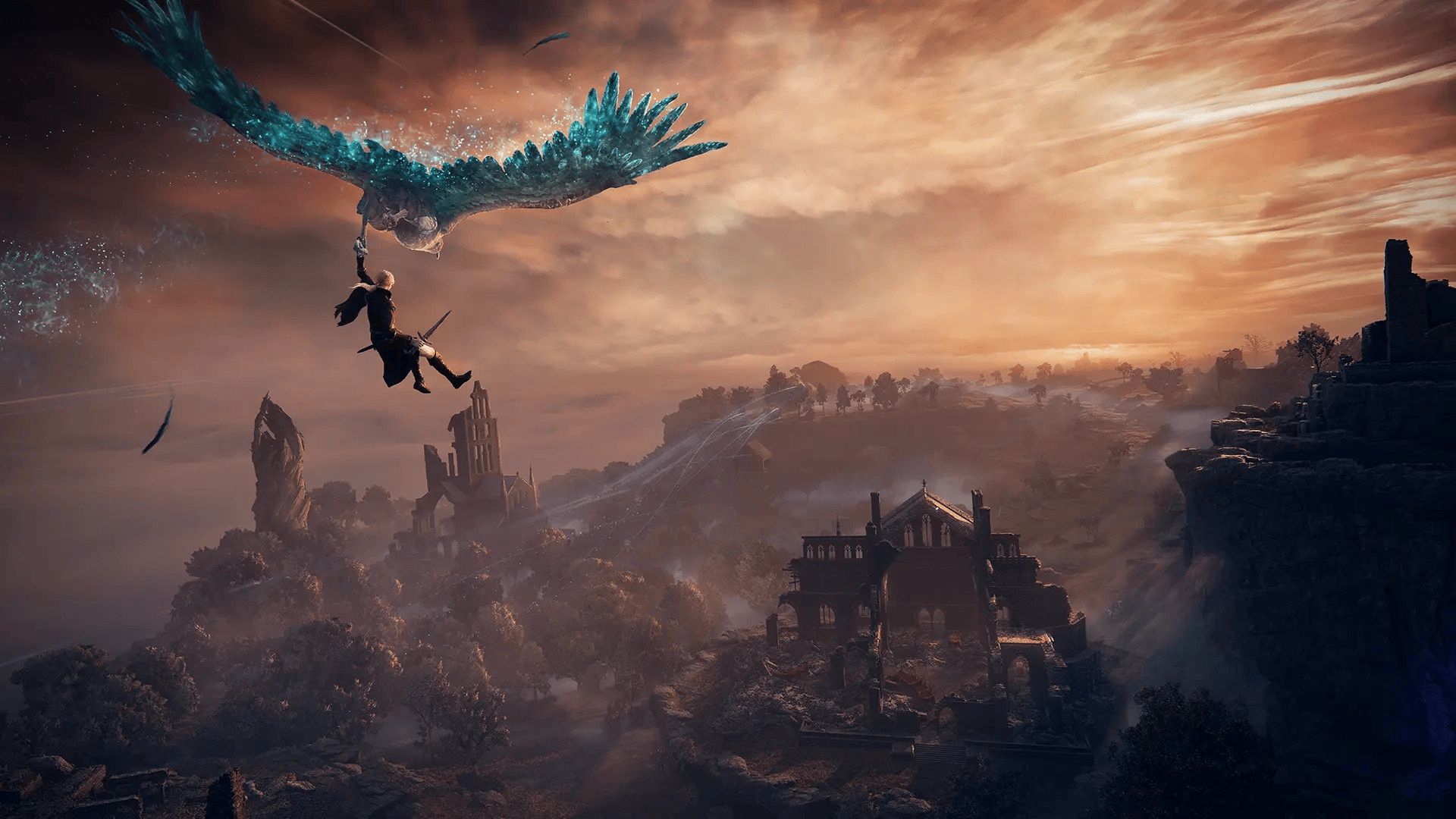
Relight My Fire
As mentioned, Elden Ring Nightreign’s runs are structured by which Nightlord you’ll face off against at the end of the three-day cycle. You and your warrior companions drop onto a randomised version of the Limveld map, with a host of marked areas on the map. Immediately, you set about slaying enemies, clearing fortresses and, most importantly, felling bosses for equipment and runes. Additionally, you can find upgrade materials in caves or extra flask charges at churches.
The speed of your typical Nightreign run is subsequently breakneck, owing to the battle royale-style storm circle that’s ever closing in on the map. The length of time you have actually feels remarkably well balanced, offering a nice trade-off between tense moments of “do I take on this boss in time or bail?” and giving your squad some breathing room to clear out a few locales before it becomes too problematic.
However, it does mean that every match feels like a mad dash if you want to optimise your build for the Nightlord, which is all but mandatory to succeed. The map and locations are genuinely beautiful, but there’s next to no time to take any of it in. Toby especially noted how counter-intuitive it was to his usual playstyle of Souls games, as once you’ve learnt the ropes, you’ll realise that regular fodder enemies are just a time-waster, rather than an obstacle.
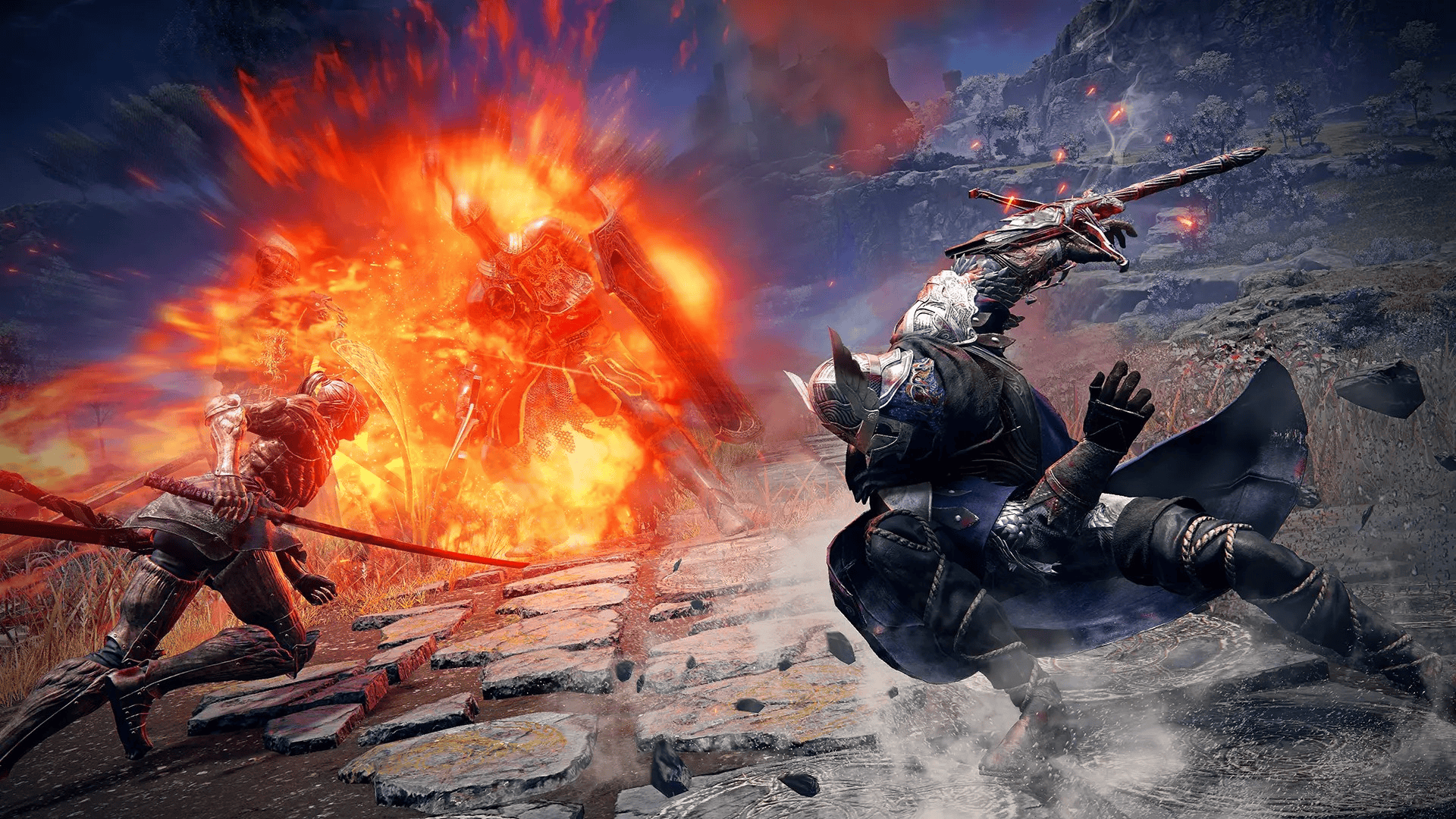
Wyalder Card
I often flittered between really enjoying the hyper-charged, sped-up madness of Nightreign and absolutely despising it. On some runs, my team and I felt like the gank squads, rumbling across the map and terrorising all the foes and bosses who had rage-baited me so many times in the Souls series. In others, however, it felt demoralising to spend one minute longer than necessary in an encampment, knowing that would likely scupper us come 20 minutes later.
Which brings me on to FromSoftware’s approach to levelling and builds. As you might expect, you don’t have nearly the time to be tinkering with menus and reading a telephone book’s worth of lore for items. Instead, defeating a boss gives you up to three choices to pick from, usually two weapons and a passive stat buff. As you clear the map, you’ll gain increasingly rare and stat-inflated items, making you more powerful – provided you choose well.
Levelling has also been stripped back, whereby you simply interact with a Site of Grace and hit level up. The stats all go up for you in static fashion. This new design formula works for the kind of condensed experience Nightreign is, and learning how best to optimise from random drops and carefully charting your course through the map is rewarding. Again, however, it’s hard not to see just how much has been gutted out of the core Elden Ring experience to make this work. Most players will simply pluck for the highest stat weapon, knowing that spending too long thinking about it will eat precious time.

Class of Mesmer
One unequivocal positive from my experience was the Nightfarers, or character classes you can choose from in Elden Ring Nightreign. There are six unlocked by default at the start, with two more easily acquired early on. Each has their own stat proficiencies, abilities and playstyle preferences. Personally, I found Guardian and Ironeye to be go-to essentials.
Guardian, for example, can supplement his blocks with a superior stance, tanking even boss strikes with minimal fuss. Their ultimate can additionally instantly revive fallen party members, which comes in massively handy in tight moments. However, get good with the Executor or Duchess, and you’ll be parrying the very essence out of your enemies or double-stacking your damage to essentially melt them. I enjoyed trying each of them out, even the ones that weren’t suited to me.
I felt each had their place and was viable in isolation. For team composition, though, my experience was very much that you need a minimum of one ranged class on each expedition. Enemy mobs and boss AI essentially dictate that you need at least one person holding back in case of a gluttonous AoE assault, which can wipe your entire team, and therefore your run. It’s a shame that this concession feels necessitated in a game all about supposed freedom of mechanics, but perhaps my experience was just unfortunate on this count. Or, you know, I just need to git gud.
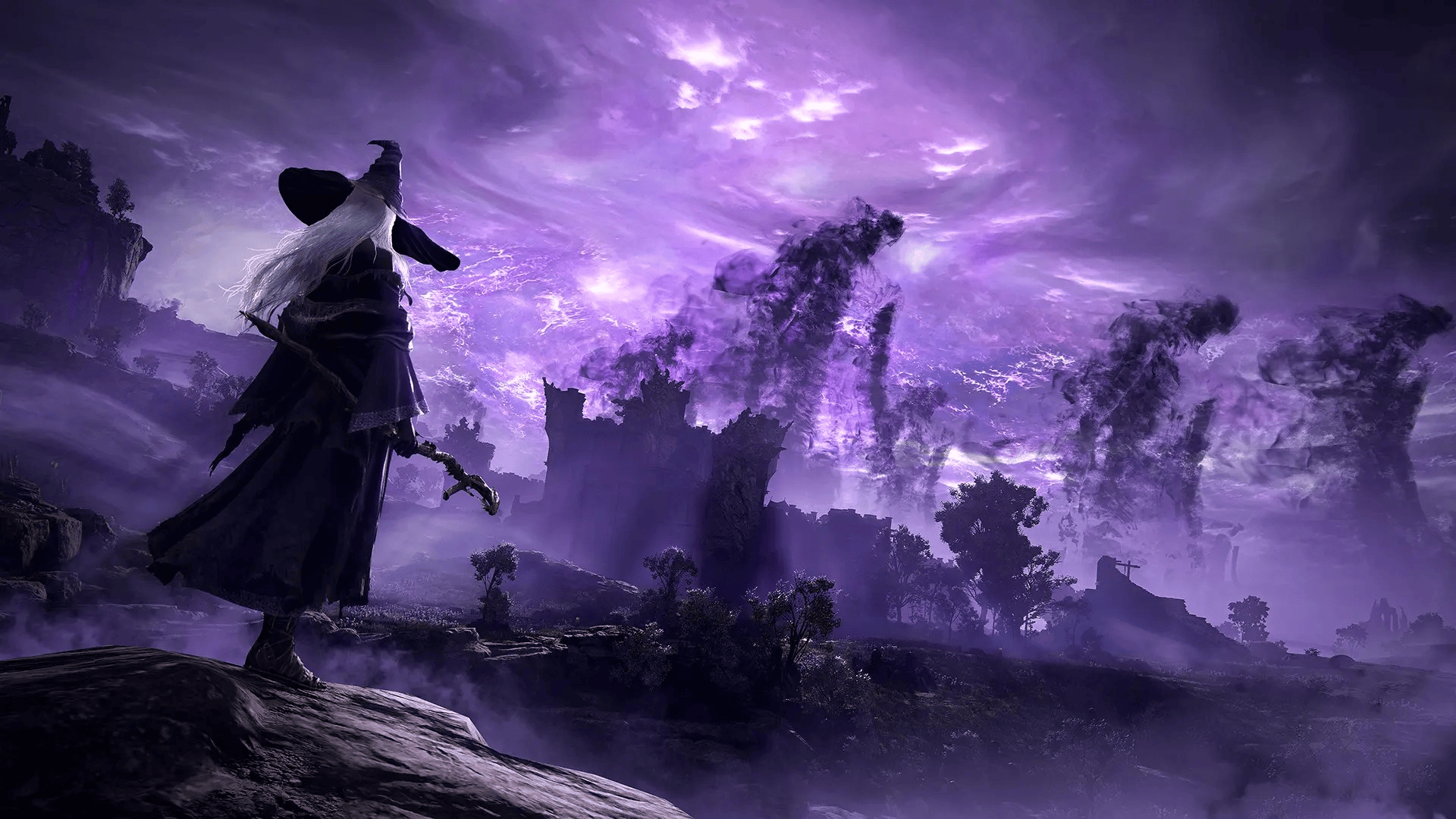
Do Not Go Gentle Into That Good Nightfall
There’s not a whole lot of meta progression in Elden Ring Nightreign. While you can assign up to three relics for each class, which provide active buffs and enhancements to their abilities and stats, for the most part, how you start and how you finish is determined by your run itself. Between expeditions, the Lands Between may “shift”, creating one of four unique locations on the map.
These locales are accompanied by even more powerful foes, and a huge upgrade opportunity at the end. They’re a tough gauntlet, though, so make sure you prepare all of day one and use the entirety of day two to overcome them, should you take on the challenge. Aside from the land shifts, very little about Limveld changes each time you venture in. The layout of the map is often tied to the Nightfall boss, but the end-of-day bosses can be switched up.
After just half a dozen runs, I’d already seen multiple repeats of the same locations, the same bosses and the same enemy types. Bearing in mind that Nightreign draws from the pool of the entire Souls series, the speed at which the repetition kicks in is disappointing. Still, seeing the Nameless King appear out of the fog for the first time was quite the awe-inspiring shock.
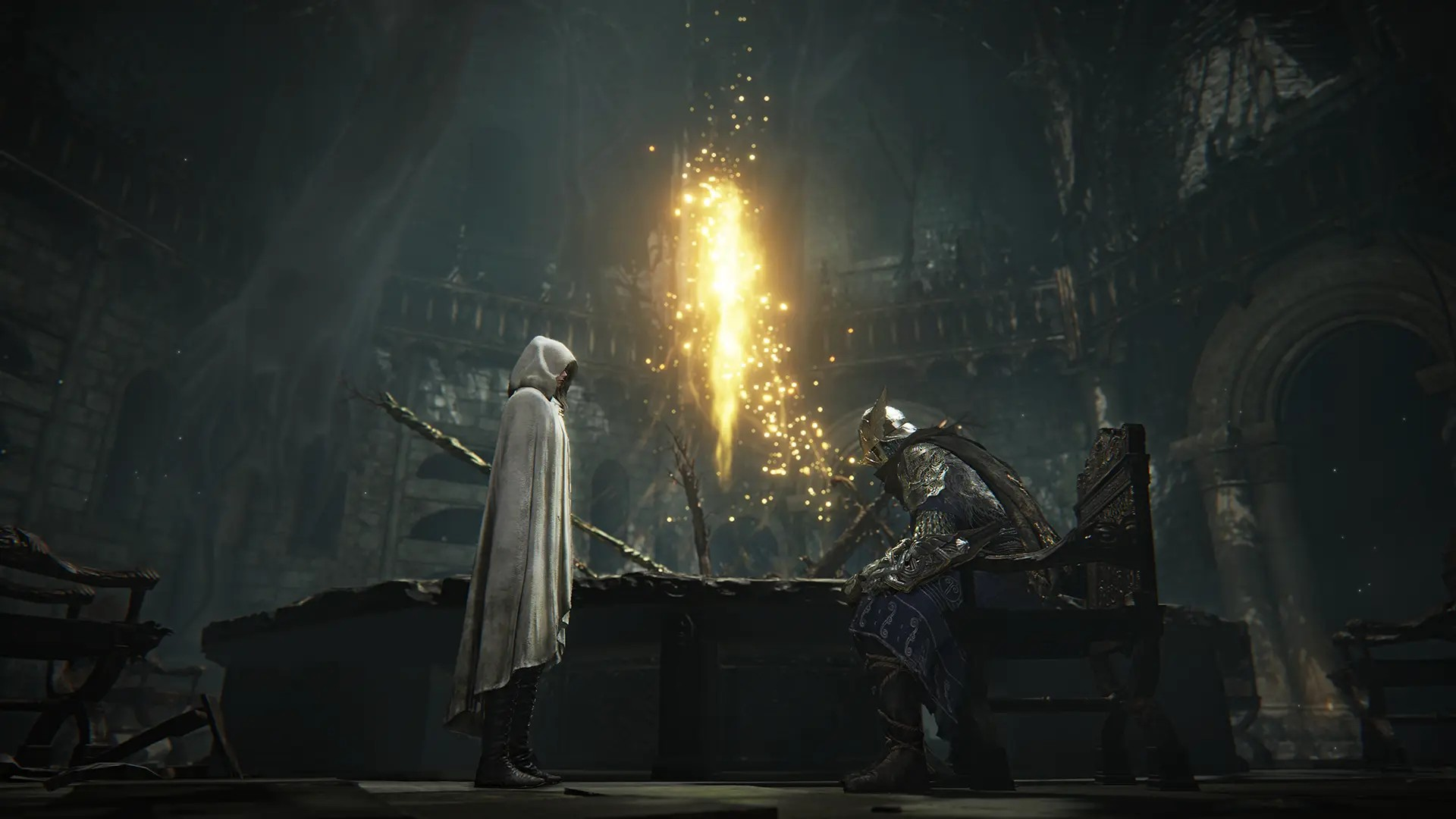
Game of Foes
Enough with all the preamble, how are the big bads? The Mesmer’s, Malenia’s and Radagon’s of this fearsome hellscape, can they possibly measure up? Rest assured, on this count, FromSoftware have once again smashed it so far out of the park it might as well be in a neighbouring country. I’ve fought against each of the veritable colossi and been thoroughly smashed to pieces by all of them.
Unlike the rest of Elden Ring Nightreign, the Nightlords are all wholly original and fresh. They’re complete monsters, both in terms of design and as beasts to overcome in their own right. Seemingly limitless health pools, combined with multi-stage onslaughts and a frankly ludicrous number of distance-shattering swipes and AoE extravaganzas. Nightlords are a spectacle in scale, visuals and difficulty challenge, and are by far the best part of Nightreign. Which we’d have assumed would be the case.
Not all are made equal, however. A couple rely on that annoying trope we occasionally see in the Souls series, whereby the raging weapon of destruction either gallops around the massive arena or hovers above the air, peppering you from the sky. In either case, playing a melee character is either depressingly boring or a frustrating experience of constantly sprinting long distances to catch up to the fight.

Tug-of-More
Which brings me neatly to trying to sum up my overall feelings towards Elden Ring Nightreign. It’s a confusingly topsy-turvy game, with some real highs and devastating lows. The combat mechanics have been distilled brilliantly into the shorter, run-based formula, while besting one of FromSoftware’s most challenging bosses to date with a couple of buddies in voice chat is thrilling beyond belief. When Nightreign clicks, it’s fantastic.
But I found it almost impossible to stay immersed in those highs, owing to the constant inconsistencies. How can I enjoy the high-stakes thrill of a run if I have to sit in the matchmaking queue for 20 minutes? Why am I seeing the same two or three mini bosses at the end of a day, multiple runs in a row, after just three hours with the game? Don’t even get me started on solo play either, because I’m going to get myself started.
The “single-player” portion of Elden Ring Nightreign is, without a doubt, the worst Souls experience I’ve ever had. Not only is the game not balanced for it whatsoever, it’s inherent design actively punishes lone wolves. Most bosses and encounters have mobs accompanying them, clearly built for multiple players to manage the aggressive AI. Similarly, Nightlords use an abundance of one-shot massive strikes and multi-area magic, which is simply incomprehensible for one poor soul to take on alone.
I genuinely don’t know why Nightreign even bothers to offer single-player, personally. The fact that it exists and duos does not, is mind-bendingly strange to me. To their credit, FromSoftware have already acknowledged many of these complaints and are working to address them, but I cannot foresee anything they can do about the solo experience, given how trio-oriented the design of the game is. Yes, I’m also well aware there’ll be some people who overcome it blindfolded, on a dance pad, using no heals and simultaneously fixing world hunger. But for the average player, this is not going to be an enjoyable way to play Nightreign.
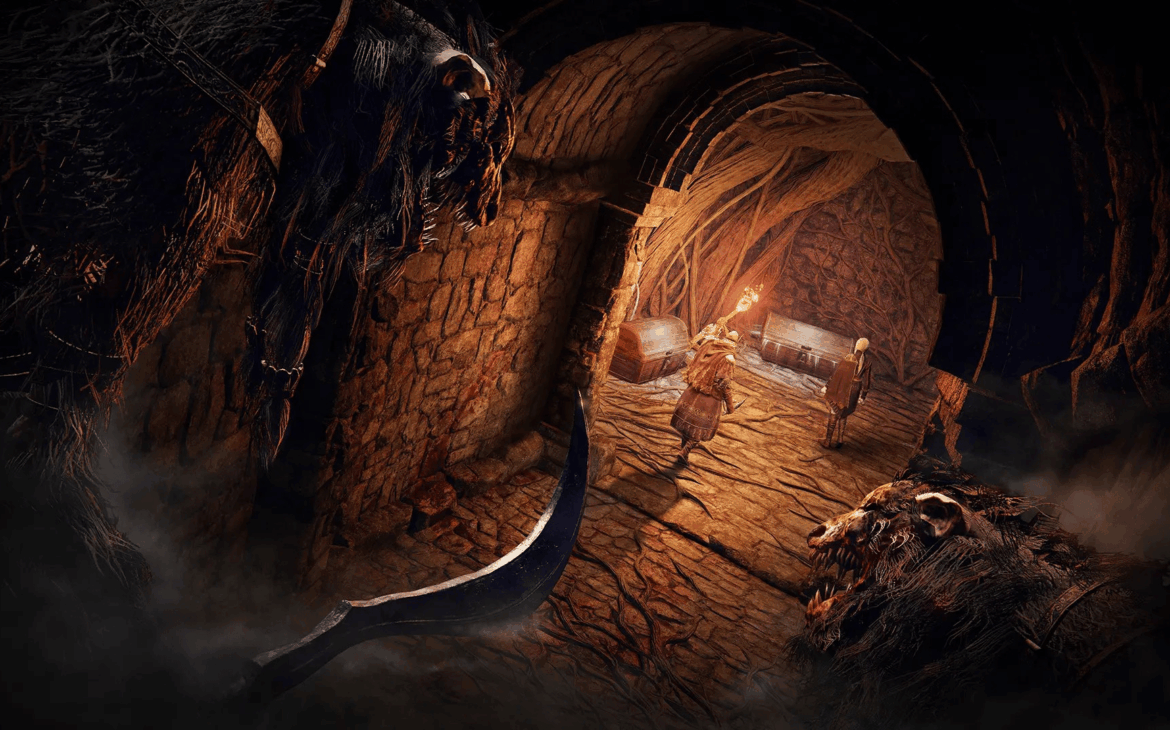
Reign of Terror
For lore fans of FromSoftware’s work, there’s barely a sliver on offer here compared to vanilla Elden Ring. I didn’t find this to be too much of an issue, as I typically have most of the story fly over my head until I watch the hours-long essays on YouTube after finishing a Souls game. Might be more of a bugbear for those more invested in Miyazaki’s approach to environmental storytelling, though.
I do want to shout out composer Shoi Miyazawa for producing some sensationally rip-roaring tracks, which mostly appear for the Nightlords. Every single one is a cacophony of operatic wonder, and I’m certain they amp up the adrenaline far more than any rollercoaster ever could. It’s just regretful that it takes 40 minutes to be blessed with the booming of these soundtracks every time.
In total, then, do I recommend Elden Ring Nightreign? Yes, depending on your circumstances. If you dislike multiplayer, go and play Elden Ring OG or Shadow of the Erdtree. If you have a group of like-minded Souls vets that you can party up with and blast through an hour of rogue-like Souls action, then Nightreign will be a great time. It’s a messy, condensed, sometimes thrilling, oftentimes frustrating game that, while good in many ways, has lost the (dark) soul of what makes FromSoftware’s output so special.
Elden Ring Nightreign is available now on PlayStation 5 (review platform), Xbox Series X|S and PC.
Developer: FromSoftware
Publisher: Bandai Namco
Disclaimer: In order to complete this review, we were provided with a promotional copy of the game. For our full review policy, please go here.
If you enjoyed this article or any more of our content, please consider our Patreon.
Make sure to follow Finger Guns on our social channels –Twitter, Facebook, Twitch, Spotify or Apple Podcasts – to keep up to date on our news, reviews and features.
